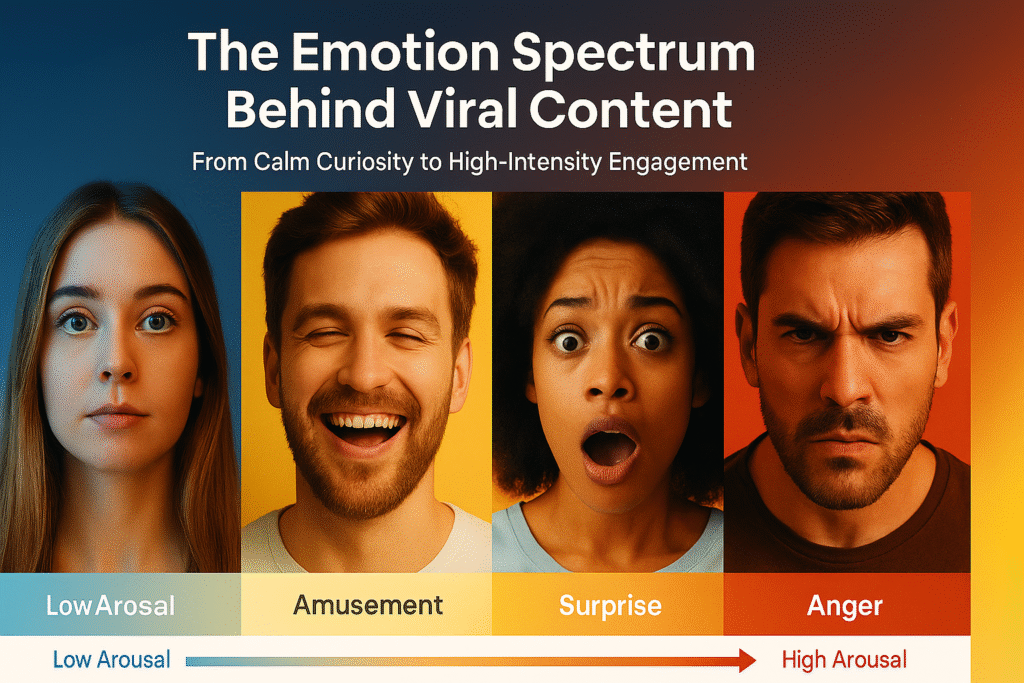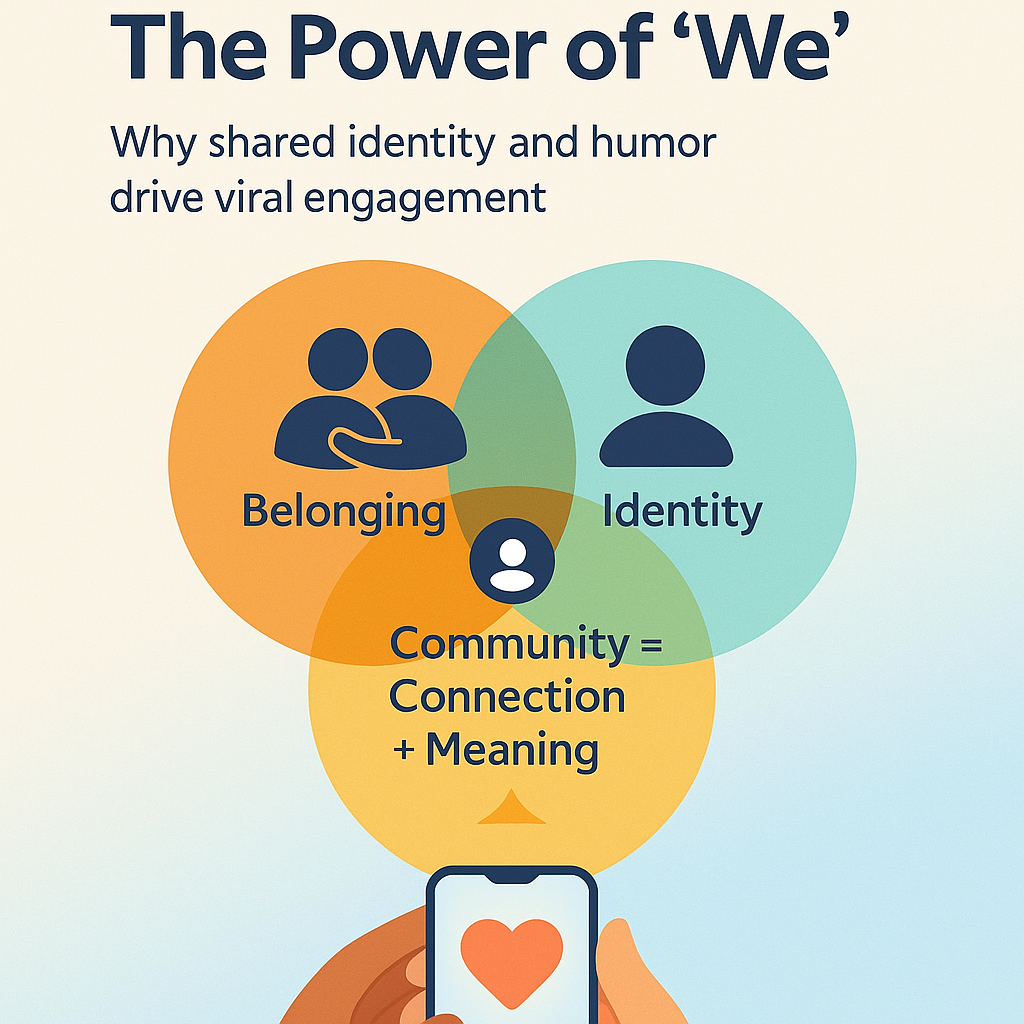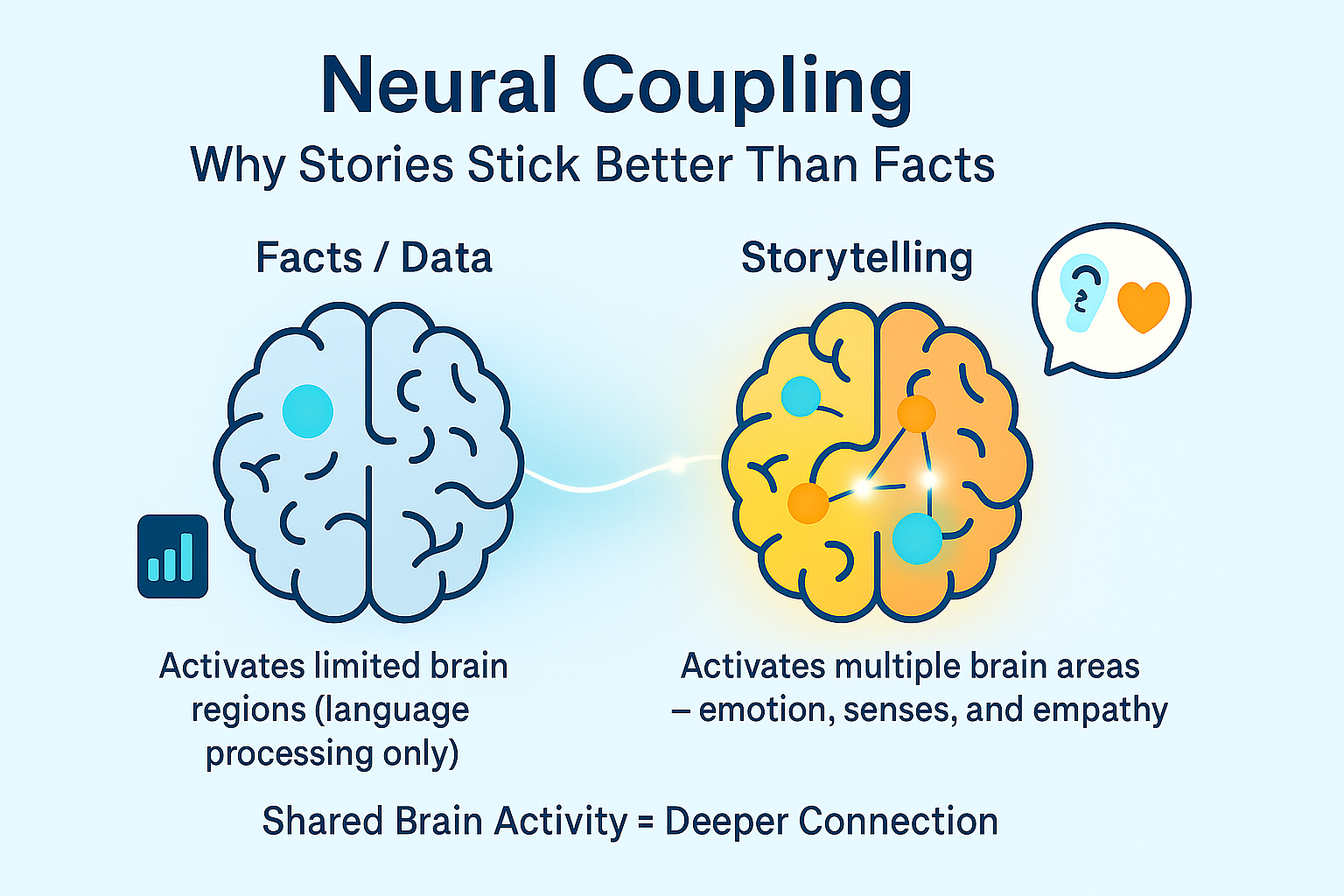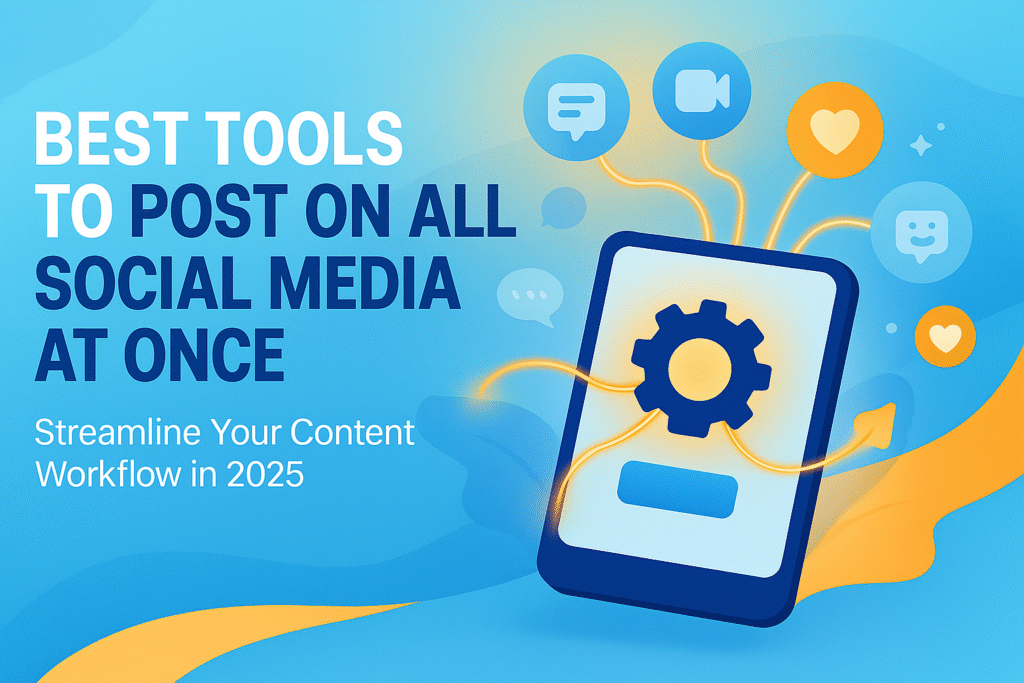Get Started with Mintlink Today!
Automate your “link please” comments and start earning today. Download the free Mintlink app!
Table of Contents
In the vast, noisy digital jungle of videos, memes, tweets, and reels, only a tiny fraction of content manages to break through. It can feel like magic—one minute a video has 10 views, and the next it’s on the news. But virality isn’t luck. It’s science. Understanding the psychological triggers of viral content is the single most important factor that separates wildly successful content from the millions of posts that vanish into the void.
This isn’t just theory. For marketers, creators, and brands, failing to grasp this psychology means wasted budgets and countless hours of effort on content that no one will ever see. For the curious user, it’s a fascinating look into our own digital behavior.
Why do we feel an almost physical need to share one video but not another? What makes us click, comment, and pass something along to our entire group chat?
The answer lies deep in our shared human psychology. This ultimate guide will break down the 7 proven psychological triggers of viral content, moving beyond simple “hacks” to give you a deep understanding of the human needs that fuel the fire of virality.
1. Emotion: The High-Arousal Engine of Virality
Emotion is the heartbeat of all viral content. We are not logical creatures; we are emotional creatures who use logic to justify our feelings. Studies consistently show that people share content because of how it makes them feel, not what it makes them think.
But not all emotions are created equal.
High-Arousal vs. Low-Arousal Emotions
Psychologists divide emotions into two main categories:
- Low-Arousal: These emotions are passive. They include contentment, sadness, and relaxation. While you might enjoy a relaxing video, you rarely feel a strong impulse to share it.
- High-Arousal: These emotions activate our nervous system. They make our hearts beat faster, our palms sweat, and prime us for action. And in the online world, that action is sharing.

High-arousal emotions can be both positive and negative:
- Positive (High-Arousal): Awe, excitement, amusement (laughter), inspiration.
- Negative (High-Arousal): Anger, anxiety, shock, disgust.
This is why the funniest memes, the most shocking headlines, and the most awe-inspiring videos (like incredible nature shots or amazing human achievements) travel the fastest. They jolt us out of passivity and demand a response.
A tear-jerking story (sadness, low-arousal) might move us, but a story that makes us gasp in awe or anger is far more likely to get reposted.
The Emotional Contagion Feedback Loop
Emotion doesn’t just spread; it’s contagious. Social media amplifies this “emotional contagion” exponentially.
When we see a post, we don’t just see the content; we see the reactions: the thousands of likes, the laughing emojis, the angry comments, the “I’m not crying, you’re crying” replies.
Our brains contain “mirror neurons” that cause us to subconsciously mimic the emotions of others. Seeing this flood of high-arousal reactions validates and amplifies our own feelings, creating an unstoppable feedback loop. We feel the collective emotion, and we share to participate in it(study on emotional contagion and social sharing).
2. Social Currency: The Drive to Look Good
In his groundbreaking book [External Link: “Contagious: Why Things Catch On” by Jonah Berger], marketing professor Jonah Berger introduces “Social Currency.” This is the psychological value we get from sharing content.
We don’t just share content; we share content that reflects something about ourselves.
Sharing is an act of identity-building. Every post, every share, every retweet is a small signal to the world about who we are (or who we want to be).
- Sharing a clever meme makes us seem witty and humorous.
- Posting an inspiring story makes us look compassionate and positive.
- Tweeting a complex, long-form article makes us seem intelligent and informed.
- Sharing “inside” news or a “life hack” makes us seem in-the-know and helpful.
Impression Management: Crafting Our Digital Selves

Humans are social animals obsessed with status and perception. Every share is an act of self-presentation. Viral content taps(The Psychology of How and Why We Share on Social Media) into this drive by giving people material that enhances their personal “brand.”
Think about the content you share. You share things that align with your values, your intelligence, your humor, or your aspirations. Content goes viral when it helps millions of people, all at once, say, “This is me.”
This is why motivational quotes, luxury travel videos, and posts about productivity so often go viral. They are pre-packaged “badges” of identity that people can use to craft their digital persona.
In short: people don’t just share content they like. They share content that makes them look good.
3. The Surprise Factor: Hijacking the Brain’s Novelty Bias
Our brains are wired to ignore the expected and pay immediate, undivided attention to the unexpected.
This is a survival mechanism. When something breaks an established pattern, our brain floods with dopamine—the “reward” chemical—and says, “Pay attention! This is new, and it could be important.”
This is one of the most powerful psychological triggers of viral content.
Pattern Interruption: The Key to Engagement
Marketers call this “pattern interruption.” You’re scrolling through your feed, half-asleep: cat photo, baby photo, political rant, cat video… then BAM. Something completely shatters the pattern.
- A video starts as a serious cooking tutorial but ends with a hilarious, unexpected fail.
- A mundane-looking story has a powerful emotional plot twist.
- An ad looks like a serious drama but suddenly shifts to absurd humor.
This novelty-driven surprise does two things:
- It hooks the viewer: They cannot look away until the pattern violation is resolved.
- It prompts sharing: The dopamine hit is so rewarding that people want to share that “Wow!” moment with others. They want to be the one to show their friends the surprising thing.
Think of the first Dollar Shave Club ad. It started like a typical corporate promo and then immediately shattered the pattern (“Our blades are f***ing great”). It was so novel and surprising that it became one of the most legendary viral marketing campaigns of all time.
4. Storytelling: The Oldest Psychological Hook
Long before social media, humans shared knowledge, values, and emotions through stories. Our brains are not wired for data points; they are hardwired for narrative.
A well-told story—even a 15-second one—can captivate attention, stir emotions, and create deep empathy.
Why Stories Stick (And Stats Don’t)

When we process data or facts, only the language centers of our brains are active. But when we hear a story, our brain activity mirrors that of the storyteller. If they describe running, our sensory cortex lights up. If they describe a delicious meal, our olfactory cortex activates.
This is called “neural coupling.” We don’t just hear the story; we experience it.
This is why a personal narrative will always outperform a plain statistic.
- Statement (Data): “Millions of people are food insecure.” (Easy to ignore).
- Story (Emotion): “Meet Jane. She works 40 hours a week, but she skipped dinner last night so her two children could eat the last of the food in the fridge. Here’s her story.” (Impossible to ignore).
Viral content creators intuitively understand this(The Psychology of Viral Content: What Makes People Share?). They wrap their message, product, or idea in a relatable human story. Think of the “Humans of New York” phenomenon. It’s a massive viral engine built on nothing but micro-stories.
These stories create a vehicle for the emotion, making the message memorable and shareable.
5. Connection & Belonging: The Power of “We”
At its absolute core, sharing is a social act. We are a tribal species. Our deepest, most primal need is to connect with others and belong to a group.
Viral content often serves as a “social glue” that reinforces this sense of belonging.
Tribal Psychology and Group Identity
Online communities form around shared values, interests, and humor. A piece of content goes viral when it gives a tribe a “flag” to wave.
A meme about the shared frustration of “adulting,” working from home, or being an introvert spreads like wildfire because it reinforces group identity. When people share it, they are non-verbally saying, “I’m part of this group. We all get this. You are my people.”
This “in-group” signaling is incredibly powerful. It builds community and validates a person’s entire worldview. Sharing a political meme, a fandom theory, or a joke about a specific shared experience (like playing a certain video game) is all about reinforcing “we” and “us.”
Social Validation and the Dopamine Loop
There’s another layer: social validation.
When you post something and others like, comment, or share it, your brain releases dopamine. It’s a powerful chemical reward that says, “You are seen. You are valued. You belong.”
Social media platforms are designed to maximize this loop. Viral content is often “share-worthy” precisely because it’s designed to trigger that hit of recognition when others engage with what we post. We share to connect, and we are rewarded for it, so we keep sharing.
A Note for Creators: This presents a major challenge: how do you maintain this crucial social connection when you’re overwhelmed with repetitive, transactional questions like “link please?” This is where automation tools like Mintlink come in. By handling the “link” requests automatically, they free up the creator to have real conversations, respond to unique comments, and build the genuine community (the “we”) that fuels true belonging.
6. FOMO (Fear of Missing Out): The Urgency Trigger
FOMO is one of the most potent motivators in the modern digital world. No one wants to be the last person to know the joke, see the video, or hear the news.
This is another survival instinct. In prehistoric times, being “out of the loop” on information (like where a rival tribe was, or where a new food source was) could be dangerous.
Today, that same anxiety fuels our need to stay connected and relevant.
The Bandwagon Effect and Cultural Timeliness
When we see multiple people in our feed posting about the same viral video, trending song, or new meme, our brain signals a social threat: If I don’t participate, I’ll be left behind.
This triggers the “bandwagon effect,” a cognitive bias where we assume that if everyone is doing something, it must be the right thing to do.
So, we click. We watch. And we share. We do it to stay in the conversation, to be part of the cultural moment.
Marketers and creators leverage FOMO by emphasizing timeliness, scarcity, or exclusivity:
- “Don’t miss this!”
- “Everyone’s talking about this video.”
- “The challenge ends tomorrow!”
This taps into our primal need to stay with the tribe.
7. Cognitive Ease: The Path of Least Resistance
The easier something is to understand, the more likely we are to share it. This is a psychological principle called “cognitive fluency.”
Our brains are inherently lazy. They are designed to conserve energy.
Nobel Prize-winning psychologist Daniel Kahneman describes this as “System 1” (fast, intuitive, emotional) and “System 2” (slow, analytical, logical) thinking.
For content to go viral, it must appeal to System 1. It must be processed instantly, with almost zero cognitive load. If people have to stop, think, or re-read your content, you’ve already lost them.
(Alt Text: A simple, colorful infographic demonstrating one of the psychological triggers of viral content, illustrating the principle of cognitive ease.)
The Power of the “Digestible” Format
This is why the following formats are so dominant:
- Short-form videos (TikToks, Reels): They are fast, visual, and often use trending audio, requiring no effort to understand.
- Catchy headlines and listicles: “7 Ways to…” or “5 Things You…” are easy for the brain to categorize.
- Simple infographics and images: They communicate an idea visually, which is processed 60,000 times faster than text.
- Memes: They are the ultimate in cognitive ease—a single image and a few words that convey a complex, relatable emotion instantly.
When people can “get it” in less than three seconds, they can share it in less than one. This removes all friction from the act of sharing, allowing the other triggers (like emotion and social currency) to take over. (For more on creating shareable content, see our complete guide to How to Earn Money on Instagram: 8 Proven Methods).
Conclusion: Virality Is Not Luck, It’s Human Nature
As we’ve seen, content doesn’t go viral by accident. It’s not a lottery.
Virality is a powerful, predictable result of tapping directly into our most fundamental human needs: our need for emotion, our desire for social currency, our love of surprise, our wiring for story, our deep need for connection, our fear of missing out, and our preference for cognitive ease.
Understanding these psychological triggers of viral content is the key.
For creators and marketers, this framework provides a blueprint for making content that resonates. But for all of us, it provides a fascinating mirror. The content we share is a reflection of who we are—our hopes, our fears, our values, and our deep, unwavering need to connect with one another.
Call to Action
What’s the most recent video, post, or meme you shared?
Looking at this list, which of the 7 triggers do you think was the main reason you shared it? Share your thoughts in the comments below!
Frequently Asked Questions (FAQs)
Q1: What is the main psychological trigger for viral content?
A: While all 7 triggers work together, the most powerful and essential trigger is high-arousal emotion. Without a strong emotional core (like awe, laughter, or anger), content rarely has the fuel to spread. Emotion is what starts the fire; the other triggers (like social currency and ease) are what help it spread.
Q2: Does content have to be positive to go viral?
A: No. Content must be emotionally arousing, not necessarily positive. High-arousal negative emotions like anger, shock, and anxiety are also extremely powerful drivers of sharing. This is why controversial topics, “outrage bait,” and shocking news often spread just as fast, if not faster, than positive, inspiring stories.
Q3: How long does it take for content to go viral?
A: Virality can be explosive (happening in 24-48 hours) or a “slow burn” (building momentum over weeks or months). TikTok and X (formerly Twitter) often see explosive virality due to their algorithms. A blog post or YouTube video might have a slower burn, gaining traction as its SEO and “share” profile build over time. The key isn’t just the initial spike, but its ability to “catch” and spread to new networks.
Q4: Can I make my content go viral by just following these steps?
A: Following these steps will dramatically increase your chances, but virality is never 100% guaranteed. You are stacking the deck in your favor. By intentionally building in emotion, social currency, and a strong story, you are moving from “hoping” your content works to designing it to work. It’s the difference between buying a lottery ticket and building a business.
Get Started with Mintlink Today!
Ready to turn your “link please” comments into real income? Download the free Mintlink app and start automating your creator business.

